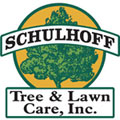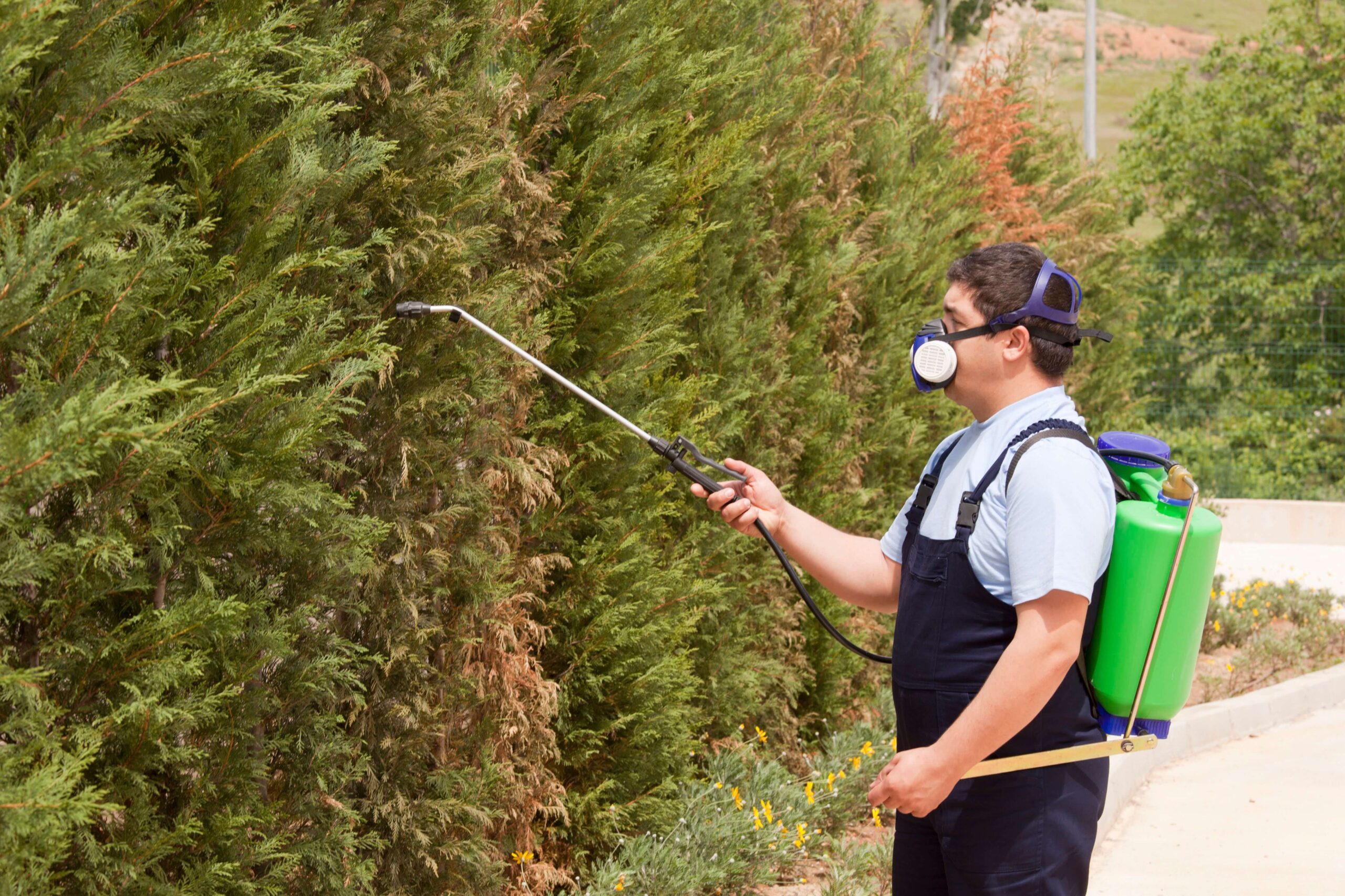Trees are an ideal way to attract wildlife to your yard, but there are some insects and animals you may not want on your property. Insects will often feed off trees and could present a danger to their health. Along with insects like the Emerald Ash Borer, one insect to be on the lookout for is the scale insect.
Scale insects include a wide range of species and could be hard to spot as the small bugs blend right in with your tree. Learn about scale insects, how they impact tree health, and what to look for when you examine your trees. With proper knowledge, you can identify the scale insects early on and ensure you have an effective treatment for the bugs.
Hard-Shelled Scale Insects
Scale insects come in two main varieties. The small size and solid design of a hard-shelled scale insect make the bug hard to see right away. You cannot see the feet or face of the bug, as the hard shell covers the rest of the body. Once the insect finds a section of the tree, it settles down in a permanent spot for the majority of its life.
The hard shell looks like a simple growth on the branch. The scale insects typically sit in batches where you could see a dozen or more together at the same time. The insects will directly feed on branches along with leaves. The hard shell makes the insect hard to remove manually.
The different species of hard-shelled insects make them hard to identify. One species could look drastically different from another.
Soft-Shelled Scale Insects
The soft-shelled insect’s shape and design provide much easier identification than the hard shell. The top of the soft shell looks more like a regular bug. You may see antennae, legs, and patterns on the back of the soft shell. The back of the shell squishes in easily and the bugs may move around more to feed on a tree.
As the insect feeds on a tree, you may notice a sticky residue on the back of the bug. If you touch the bug, then the sticky residue will get on you but will pose no harm.
Many species of the soft-shelled scale insect include a white pattern, which will stand out on a dark tree trunk. Some of the common varieties include the pine tortoise scale and the magnolia scale.
Scale Insect Reproduction
While you may feel tempted to get rid of the insects by hand, you will find it nearly impossible to kill off the whole colony. Once per season, the scale insects will reproduce and can create over 1,000 new scale insects in just one season, depending on the species. The reproduction can quickly lead to a major problem if the bugs are not taken care of.
Tree professionals do not look to eliminate the bugs one at a time. A full treatment is needed to prevent the growth and reproduction of the scale insect. The eggs are extremely tiny and hard to spot with the naked eye unless you know exactly what you’re looking for, so you’ll want to call in experts to find these eggs.
Tree Dangers
Not only can insects become annoying pests on your property, but scale insects create specific dangers to trees. The insects that feed on leaves will cause leaves to thin out and fall prematurely. The fullness of a tree in bloom can dramatically change when scale insects have destroyed leaf life.
Along with the leaves, the scale insects will feed on branches and bark on a tree. They literally suck the nutrients out of a tree. The bugs will suck the sap out and any excess sap will drip down to the ground. The loss of nutrients can create dead branches and eventually kill the whole tree.
Once the insects kill off a tree, they will reproduce and move on to more trees on your property. The chain effect could make a big difference on the health of your property.
Tree Treatment Options
A full inspection of your property provides the first step in scale insect treatment. Tree professionals will identify how many trees have the scale insects, what kind of scale insects they are, and the current health of the tree. From there, they will develop a plan and set it into motion.
In some cases, the arborist will treat the bugs directly with a spray that kills them off. In other cases, tree professionals will inject trees with a treatment. When the bugs feed on the treated tree, the bugs will die off. The injection method helps with stubborn scale insects already attached to trees and stays in the tree to catch any extra bugs who may have missed the original treatment.
In some situations, the scale insect treatment can help get rid of other insects that create danger or harm to the trees on your property.
Contact us at Schulhoff Tree & Lawn Care, Inc., to arrange an appointment. We can help identify invasive insects and keep your trees healthy for years to come.

